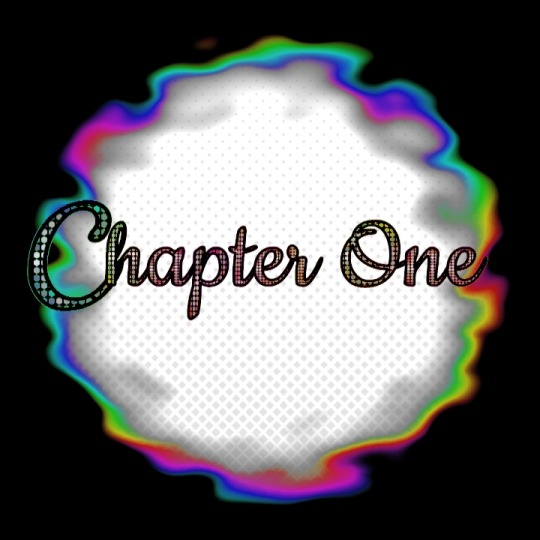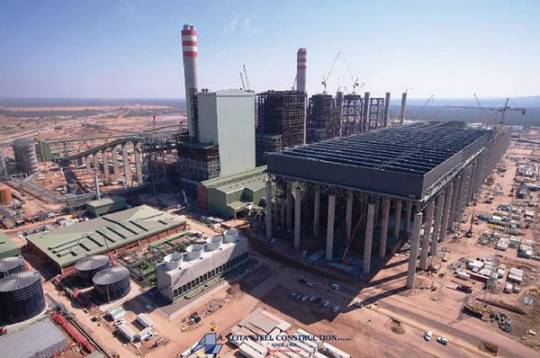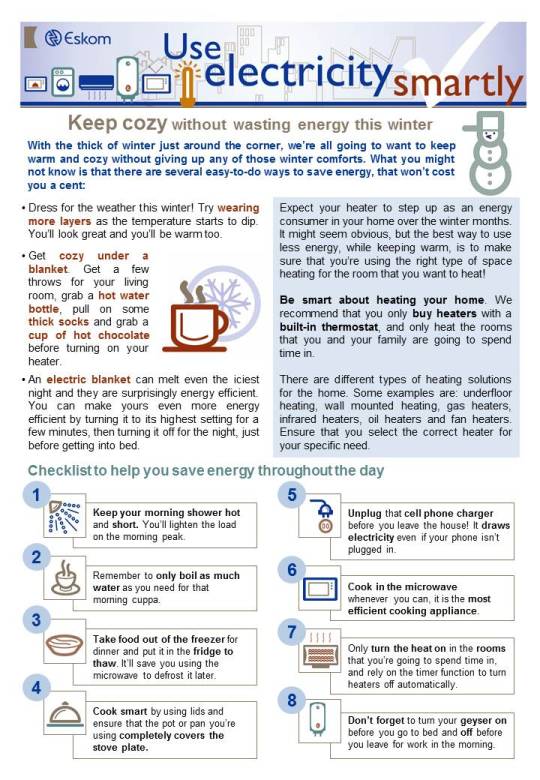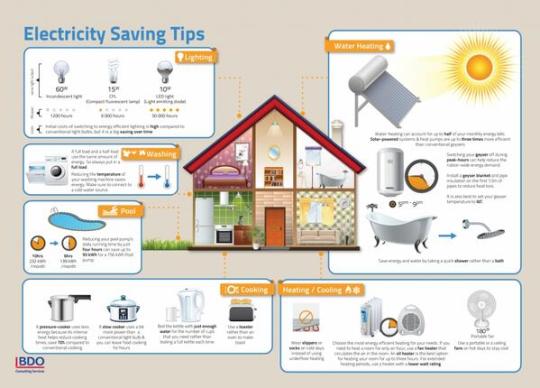#electricityconsumerism
Explore tagged Tumblr posts
Text

Chapter One
A TZzzzzttt of Class
Eskom remains South Africa's sole electricity provider; which, under the Competition Act is unlawful. However, no competitors have ever challenged the status quo. Until now. Before now... ja. They (Eskom) have been kind of running shit, as an SOE but the only time they seemed to have a handle on shit was when then-Vice President H.E. Cyril Ramaphosa was at the helm of the Emergency Board.
So, how Eskom-provided electricity works is as follows:
♧ There is a large nuclear or thermal power plant (or a hydro-electricity dam) in a rural location. This power station is sometimes the source of the electricity consumed in multiple cities and towns, even a whole province.

♧ From this central power creation station, power is transported via thick, copper cable lines all the way to a town's power station, where, many people err to think, power is created. Nope. It's just a series of transistor transistor nodes in the conduit.

♧ Another sub-station can be found in residential areas or 'the suburbs', that is called a sub-station and is usually the size of a one-bedroomed or bachelor pad and fenced off for everyone's safety.
♧ The last 'sub-station' between the power plant and the home or business in which it is made use of, is the street power box; which is usually found on a corner and has no fenced off boundaries and is usually about a metre tall.
From this box, the electricity is sent to the home or business' electricity power box. This, in the circuitry of Eskom-provided electricity, would be a switch or circuit-breaker; as well in function, a cell. However, because these parts of the circuit, up to the power station have no physical switches of the size needed to disconnect or reconnect the quantities of electricity we are talking, corner box tiny, fragile phone switchboards are hardly making a difference to the nearly unlimited power that can be siphoned off the national grid. And is, currently, if you ask me.

Single Phase Power - This is electricity meant for home use. Eskom supplies home consumers with single phase electricity. Small firms (with 5 office employees in total) and even massive skyscraper-housed firms (with 2300 office employees) would both be using single phase power. If each floor had their own power box, as is usually the case in multiple floors. This means that the surge of power in wattage that can be accessed is limited.
This is easily identified by a plug wire thickness of copper cabling needed to transmit a constant stream of electricity, used to connect different nodes or switches in the one phase power box.
Three Phase Power - This is the kind of electricity consumer you would be, if you had a wood workshop, for example, in which you used multiple power tools as well as the usual office and kitchen equipment. Often, when one wants to open a business; either at home or at a bought or leased premises, one would have to enquire whether the zoning of that erf (street number or floor or sub-erf) is residential one-phase or industrial three phase. The reason for this is if you operate from a 3 phase street (yes. Three phase is applied to whole streets at a time) then you would be paying 6 times as much for electricity, even if you were only operating an office needing only one phase electricity supply.
If you wanted to change the zoning of your street to three phase power, you would have to first put an ad in the local newspaper announcing your intention to make an application to change the zoning as well as send a notice via registered mail to all residents/business operators, in the street you live or operate in. You would have to host a meeting at a venue at which any stakeholders could come and voice their agreement or concerns with your proposed application. Unfortunately, if you have even just one person in disagreement, you will not be permitted to continue the application; which is lodged at your nearest Civic Centre.

The reason for this; perhaps not obvious at the time; is that three phase power costs about 6 times more per unit than residential or one phase electricity; and even if the rest of your street does not need three phase power, they end up paying for it. This is because the power box on your corner, that services the whole street needs to be upgraded to three phase. Probably, for that reason, you have to hand deliver notices of your intention to lodge an application; as well as a notice and details of your meeting, regarding the proposed re-zoning of that street; at every house number in that street.

Once the zoning is three phase, it is difficult to get it re-zoned back to residential; if not impossible; probably due to the infrastructure and street box upgrade because three phase power requires thicker copper cables; all the way to your power box. And all the way back to Eskom or your local Power Plant.
The benefit to installing three phase power is that electricity doesn't trip and heavy machinery and devices can be used; with abandon; and without a weak electrical power source that is not equipped to handle such a high rate of power consumerage.

Quite often, people living in the suburbs, never check the municipal zoning of their street and as a result, end up buying/renting a house that is zoned under a three phase electricity supply or semi-industrial zoning. This can significantly lower your home, the street and the suburb's real estate value. Non-consumers of three phase have been known to be crippled, financially, by the rate charged for the unnecessary cost of an oversupply of Eskom's three phase electricity.

Other types of businesses that make use of three phase power are:
◇ Laundrettes
◇ Specialist medical facilities
◇ Metal Workshops
◇ Small Factories
◇ Food Processing outfits that need freezing and refrigeration
◇ Auto repair shops
◇ Scrapyards
◇ Lodges and spas
◇ Showrooms
Wherever a lot of copper wiring is found in a machine, device or tool, it's a good indication that the devicemakes use of large quantities of electricity. The less copper, the cheaper it is to run; electricity-wise.

Any item, which has a heating element or a cooling fan, is also, more likely than not, consuming a lot of electricity. Any items that vibrate, rotate, oscillate or provide a force of motion (like electric scooters) or hairdryers also consume a substantial amount of power as opposed to manual or semi-manual (for example, with batteries) devices.
Tumble-dryers, heaters, electric blankets, hair irons, ovens and lawnmowers as well as air-conditioners are all high energy consuming appliances that DO trip residential zone power boxes; when used with too many plug points in use, simultaneously. Electric gates, water pumps used for water features, Jacuzzis and swimming pools are also high consumers of electricity.

#ATZZzztttOfClass#ChapterOne#Eskom#loadshedding#zoning#threephasepower#residentialzoning#powerboxes#electricityconsumerism#CohesiveEskomSolutionz#GreenPower#CleanGreen
1 note
·
View note